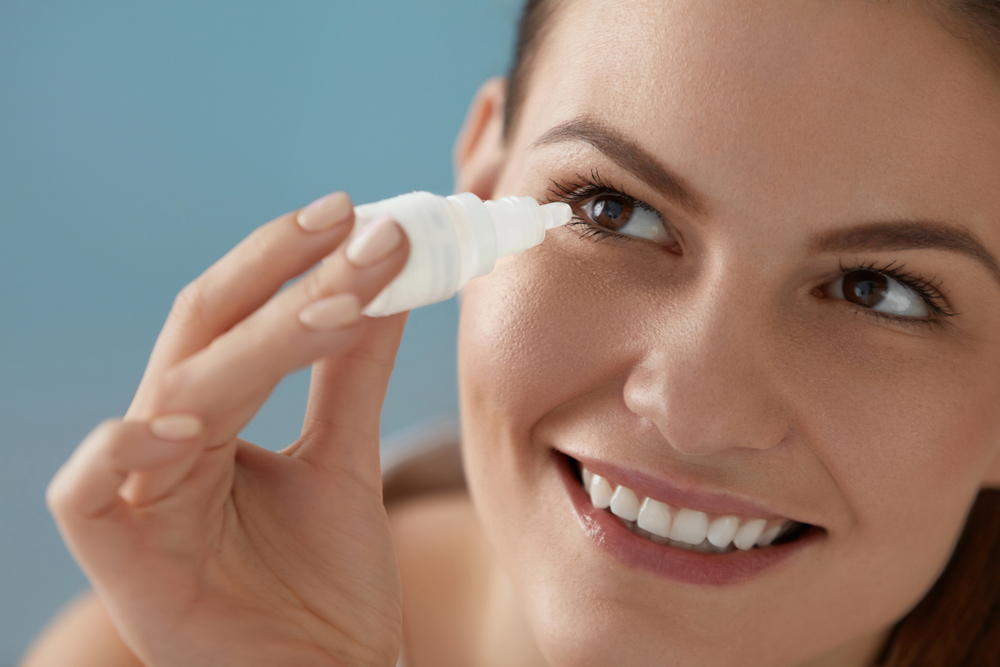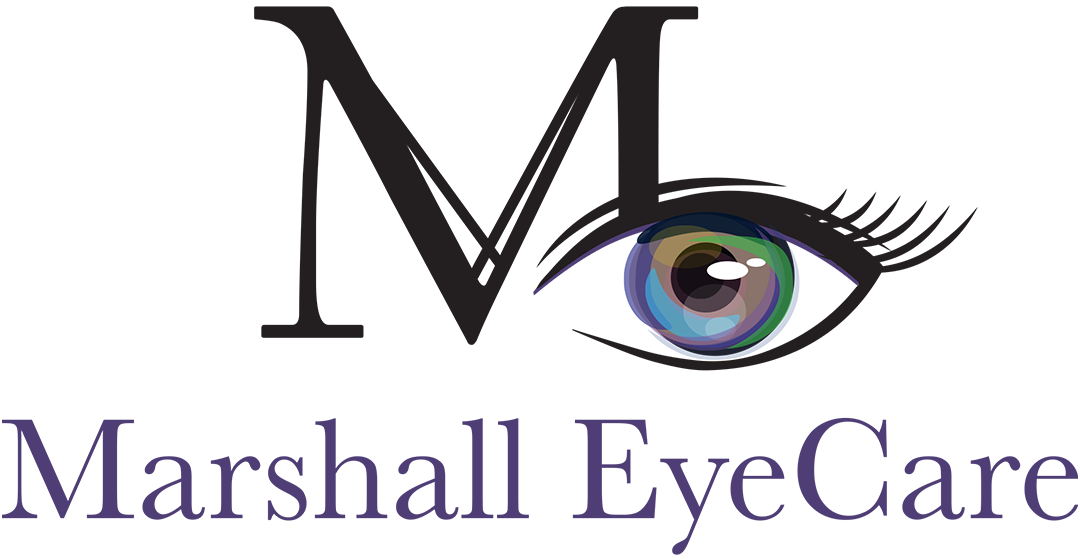
Dry eye is a common condition where the eyes do not produce adequate tears to remain lubricated. The tear film that contains water, oil, and mucus does not function properly or coat the eye surface sufficiently. It results in severe eye dryness and discomfort.
Dry eye can damage the cornea and other parts of the eye. The condition can affect vision and increase the risk of permanent scarring and eye infections. Here's how to diagnose dry eye.
Chronic Dry Eye Syndrome
Most people experience some eye dryness, especially after prolonged use of digital devices or from a dry climate. These symptoms usually subside after resting the eyes. People with chronic dry eye experience intermittent or constant eye dryness.
Other symptoms include:
- Burning
- Stinging
- Itching
- Irritation
The eyes tend to tire easily, and it usually becomes difficult to wear contact lenses. The condition can also cause chronic eye redness and watery eyes or reflex tears. Chronic dry eye can affect vision.
What Causes Dry Eye Syndrome
The most common cause of dry eye is meibomian gland dysfunction or blepharitis. The meibomian glands along the eyelids are responsible for oil production. Gland dysfunction or inflammation affects proper oil secretion, which impacts the tear film quality. It leads to quick tear evaporation.
The gland blockage can be from:
- Eye makeup
- Flaky skin
- Natural oils
- Dust and other debris
Dry eye syndrome can also be due to medical conditions, certain medications, contact lenses, prolonged computer use, poor diet, and hormonal changes.
Comprehensive Eye Exam
An eye specialist can help to diagnose dry eye during a comprehensive eye exam. During the routine exam, the eye specialist will take the patient's medical history and examine the eyes. If you often experience dry or irritated eyes, the ophthalmologist can conduct tests to determine the cause.
The tests can confirm if you have dry eye and examine whether the epithelial layer that protects the cornea is damaged. Finding the underlying cause will help to develop the most effective treatment option.
Diagnosing Dry Eye Syndrome – Schirmer's Test
Measuring tear volume can help to diagnose dry eye. During a Schirmer test, the ophthalmologist uses drops to numb the eyes before placing a special filter paper on the lids. After leaving it on both inner eyelids for five minutes, the doctor can check the amount of moisture produced.
Indicators on the filter paper help to gauge the eye moisture. If the moisture amount falls below a certain level, the patient has dry eye syndrome. Eye specialists also use the phenol red thread test to measure tear volume.
Epithelial Staining Test
Eye specialists use an epithelial staining test to diagnose dry eye. They administer staining eye drops into each eye. The painless drops highlight devitalized or abnormal epithelial cells in the conjunctiva and cornea. Using a microscope, the doctor can examine the protective eye membrane for signs of damage.
After diagnosing dry eye and assessing the severity, the doctor can create the most effective treatment plan. Prompt dry eye treatment can help to prevent cornea scarring and other complications.
For more on how dry eye is diagnosed, visit Marshall EyeCare. Our office is in Aberdeen, New Jersey. Call (732) 837-0988 to book an appointment today.








